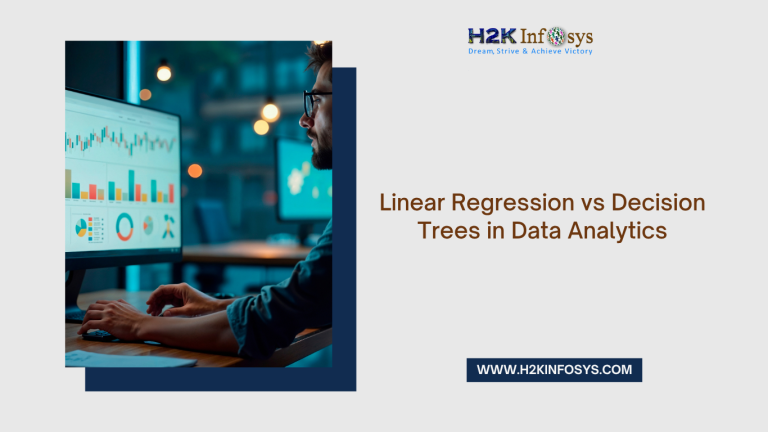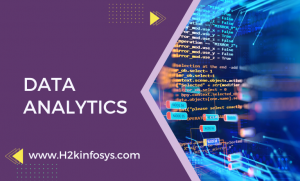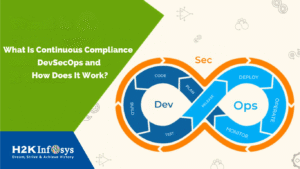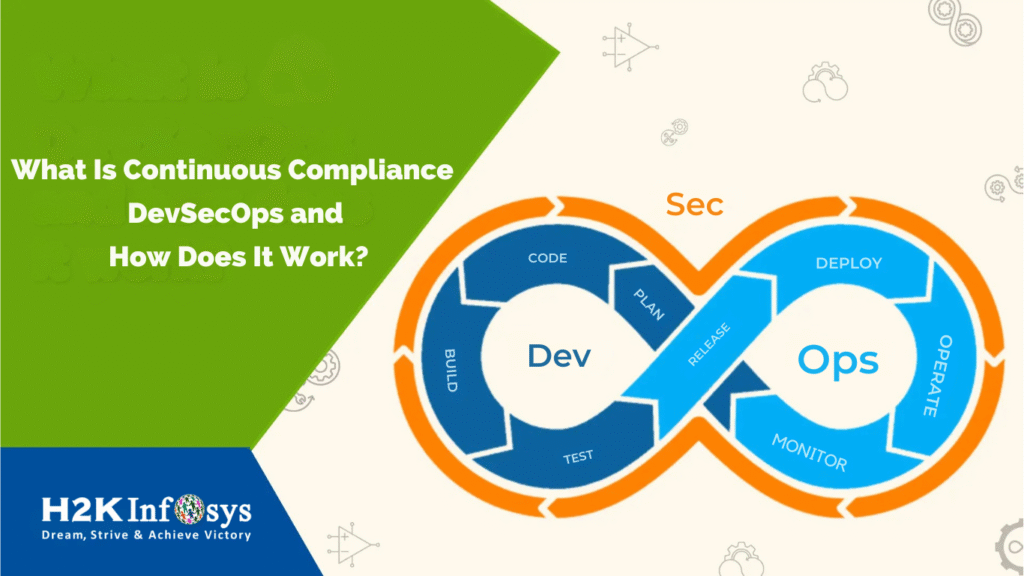Why Model Choice Matters in Data Analytics
Imagine trying to forecast sales for the next quarter or detect anomalies in customer behavior. You open your analytics toolkit and see multiple modeling options. But which one should you use? That’s where the decision between Linear Regression vs Decision Trees becomes critical.
Choosing the right algorithm isn’t just about running a script it can determine the accuracy, performance, and interpretability of your entire analysis. Whether you’re pursuing a Google data analytics certification or an online data analytics certificate, mastering these two models will prepare you for real-world data challenges.
What is Linear Regression?
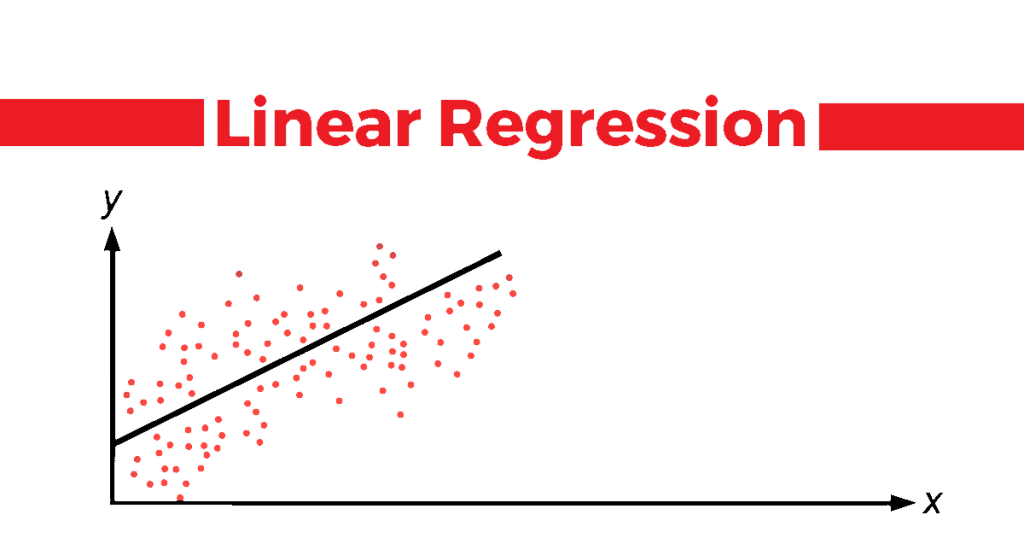
Linear Regression is one of the most basic and widely used statistical models in data analytics. It models the relationship between a dependent variable and one or more independent variables by fitting a linear equation.
Key Characteristics
- Model Type: Supervised Learning (Regression)
- Output: Continuous value
- Equation Format:
Y = β0 + β1X1 + β2X2 + … + βnXn + ε - Assumptions:
- Linearity
- Homoscedasticity (equal variance)
- Independence of errors
- Normal distribution of residuals
When to Use Linear Regression
- Predicting numeric outcomes (e.g., sales revenue, prices)
- When data shows a linear trend
- Simple, interpretable models are required
Example Use Case
A retail company wants to predict future sales based on advertising spend. Linear regression helps them quantify the effect of each advertising channel and forecast total sales.
What are Decision Trees?
Decision Trees are a non-linear predictive model that split data into branches to predict an outcome. These splits are based on feature values that minimize impurity (Gini index, entropy, or variance reduction).
Key Characteristics
- Model Type: Supervised Learning (Classification or Regression)
- Output: Categorical or continuous
- Structure: Root node → Decision nodes → Leaf nodes
- No strict assumptions about data distribution or relationships
When to Use Decision Trees
- Dealing with non-linear data
- When interpretability is key
- Datasets with missing values
- Both classification and regression tasks
Example Use Case
A healthcare organization wants to classify patients into risk groups based on health metrics like BMI, blood pressure, and cholesterol. A decision tree easily splits the dataset based on these features and produces clear groupings.
Linear Regression vs Decision Trees: A Head-to-Head Comparison
Understanding the differences between Linear Regression vs Decision Trees is crucial for choosing the right model in data analytics. Both models are powerful but cater to different data structures and business needs. Linear Regression vs Decision Trees often becomes the deciding factor when balancing simplicity and flexibility. Linear regression works best when the relationship between variables is linear and assumptions like normality and homoscedasticity hold true. In contrast, decision trees shine when the data is non-linear, messy, or contains mixed data types.
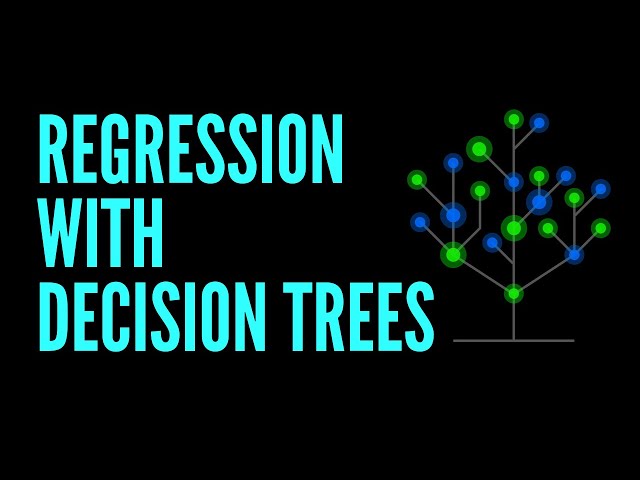
When comparing Linear Regression vs Decision Trees, analysts must consider model interpretability, performance, and data preprocessing requirements. Linear regression is ideal for high-speed analysis and easy explanation, while decision trees are better for uncovering hidden patterns and handling irregular data distributions. Ultimately, knowing when to use Linear Regression vs Decision Trees can significantly impact the accuracy and success of your analytics projects, especially when working with real-world data scenarios.
| Feature | Linear Regression | Decision Trees |
|---|---|---|
| Type | Regression only | Classification and Regression |
| Model Complexity | Simple, Linear | Complex, Non-linear |
| Data Assumptions | Strong (e.g., linearity, normality) | Few to none |
| Interpretability | High | Medium to High |
| Handling of Outliers | Sensitive | More Robust |
| Handling of Missing Values | Requires Imputation | Can handle directly |
| Overfitting | Less prone | Prone without pruning or limits |
| Scalability | Fast and scalable | Slower with large datasets |
| Feature Engineering | Manual selection important | Can auto-select relevant features |
Real-World Use Cases
Linear Regression in Business Analytics
A telecom company uses linear regression to determine how much their monthly service charges influence customer churn. The result shows a strong linear correlation helping them redesign pricing models.
Decision Trees in Fraud Detection
Banks use decision trees to detect fraud. If transaction amount > $1000 AND location is foreign → then the transaction is flagged. Such rule-based decisions are ideal for trees.
Code Comparison: Linear Regression vs Decision Trees (Python)
Let’s explore how both models work in a practical scenario using Python and the scikit-learn library.
Dataset: Boston Housing (Predicting House Prices)
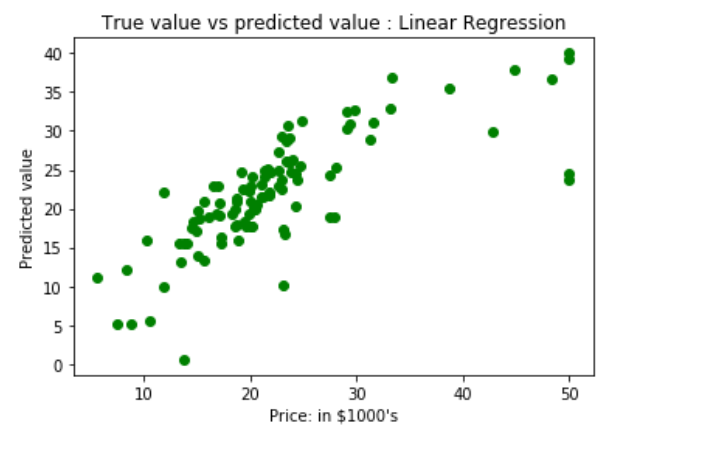
python
from sklearn.datasets import load_boston
from sklearn.model_selection import train_test_split
from sklearn.linear_model import LinearRegression
from sklearn.tree import DecisionTreeRegressor
from sklearn.metrics import mean_squared_error
# Load Data
data = load_boston()
X = data.data
y = data.target
# Split Data
X_train, X_test, y_train, y_test = train_test_split(X, y, test_size=0.2, random_state=42)
Linear Regression
python
lr_model = LinearRegression()
lr_model.fit(X_train, y_train)
lr_preds = lr_model.predict(X_test)
print("Linear Regression MSE:", mean_squared_error(y_test, lr_preds))
Decision Tree
python
dt_model = DecisionTreeRegressor()
dt_model.fit(X_train, y_train)
dt_preds = dt_model.predict(X_test)
print("Decision Tree MSE:", mean_squared_error(y_test, dt_preds))
Output Analysis
- Linear Regression may perform well if relationships are linear.
- Decision Trees may overfit if the depth isn’t controlled.
Strengths and Weaknesses
Linear Regression
Strengths:
- Easy to interpret
- Fast computation
- Great for linearly correlated data
Weaknesses:
- Poor performance on non-linear data
- Sensitive to outliers and multicollinearity
Decision Trees
Strengths:
- Handles complex, non-linear data
- Can deal with both numeric and categorical variables
- Less preprocessing needed
Weaknesses:
- Easily overfits
- Can be unstable (small changes in data = large changes in tree)
Choosing Between the Two: Key Considerations
Nature of the Problem
- Use Linear Regression when your data follows a linear trend.
- Use Decision Trees for classification tasks or when data patterns are complex and non-linear.
Interpretability vs Accuracy
- If stakeholders need clear insights, linear regression might be better.
- If predictive power is key, decision trees (or ensembles like Random Forests) often perform better.
Data Quality and Preprocessing
- Linear regression needs clean, standardized, and non-collinear data.
- Decision trees are more forgiving no need to scale or remove multicollinearity.
Industry Adoption and Popularity
According to a 2025 KDnuggets report:
- Linear regression is still among the top 5 most-used models in business analytics.
- Decision trees are a popular gateway into more complex ensemble methods like Random Forests and XGBoost.
Professionals pursuing the Google data analytics certification or any Online data analytics certificate often start with linear regression due to its simplicity, and later expand to tree-based models.
Visual Example: Decision Tree Flow vs Linear Regression Line
Include a diagram with:
- Linear regression line through a scatterplot of housing prices vs. number of rooms.
- Decision tree flowchart classifying loan applicants based on income and credit score.
These visuals can help learners quickly grasp the conceptual differences.
Key Takeaways
- Linear Regression vs Decision Trees is a foundational comparison every data analyst must understand.
- Choose linear regression for simple, linear relationships and clear interpretation.
- Opt for decision trees when dealing with complex, non-linear patterns or classification problems.
- Both are essential tools in your analytics toolkit, especially if you’re pursuing a Google data analytics certification or online data analytics certificate.
Conclusion
Both models have their place in data analytics. Instead of asking which one is better, ask which one fits your problem best. And remember real-world analysts often test both to compare performance before choosing.
Want hands-on practice with these models and more?
Join H2K Infosys today for practical, project-driven training in data analytics that will empower your career.
